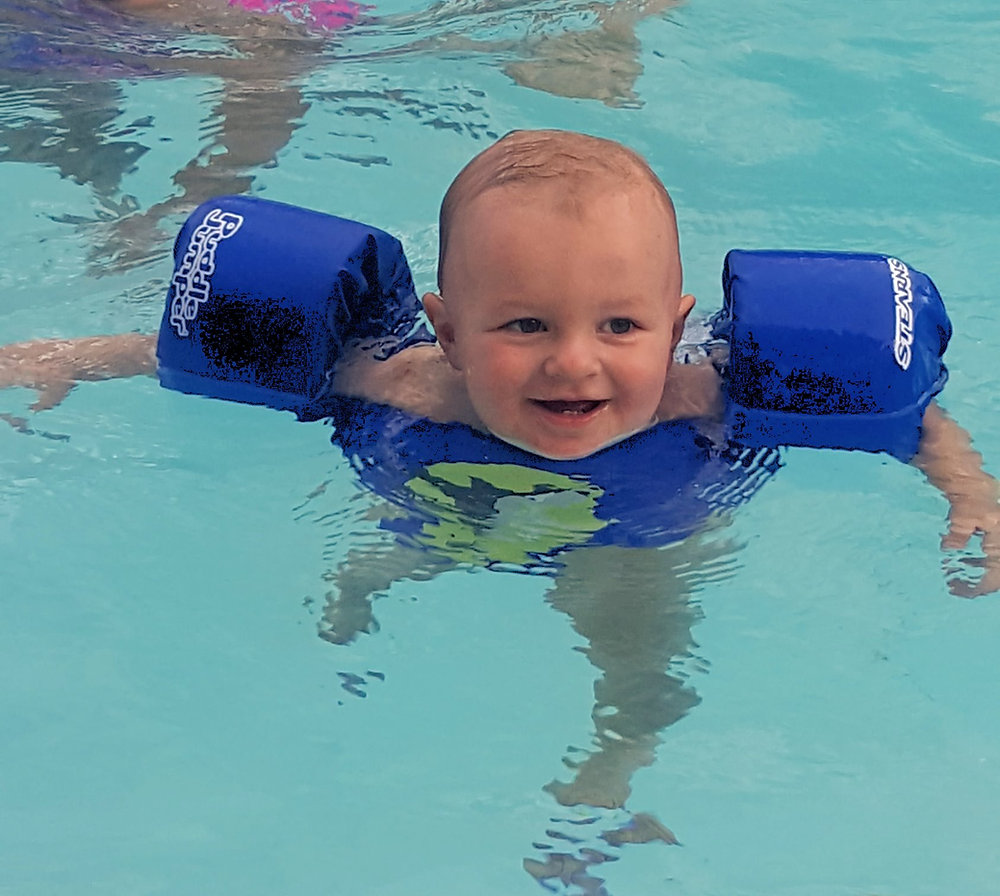Welcome to Our Ultimate Guide to Puddle Jumpers for Kids!
Hello, wonderful parents! Are you ready to dive into the world of puddle jumpers and learn how these amazing devices can make water play both safe and fun for your little ones? We’re here to splash through all the essential information to get you and your kiddos ready for a wet and wonderful adventure!
What are Puddle Jumpers?
First things first, let’s talk about what puddle jumpers actually are. A puddle jumper is a type of personal flotation device designed especially for young children. These handy swim aids are a cross between a life vest and water wings, combining the safety features of a life jacket with the freedom of movement that arm bands provide. They are perfect for budding swimmers who are not yet fully comfortable or capable in the water.
Why Choose Puddle Jumpers for Your Child?
As a parent, your top priority is your child’s safety, and puddle jumpers are designed with that in mind. Here are a few reasons why they’re a great choice:
- U.S. Coast Guard Approval: Many puddle jumpers come with the seal of approval from the U.S. Coast Guard, indicating they meet safety standards for flotation devices.
- Comfort and Mobility: Unlike traditional life jackets that can be bulky, puddle jumpers are designed for a comfortable fit that doesn’t restrict your child’s movement.
- Confidence Building: Puddle jumpers allow children to gain confidence in the water and learn basic swimming skills in a safer environment.
- Fun Designs: They come in a variety of colors and playful designs, which can make wearing them more appealing to kids.
Key Features to Look for in a Puddle Jumper
Pddle jumpers can vary in style and features. When shopping for one, keep an eye out for:
- Proper Fit: The most important feature of a puddle jumper is a snug, secure fit to ensure that it functions correctly. It’s essential to choose one that’s suited for your child’s weight range and chest size.
- Durable Materials: Look for puncture-resistant fabrics and sturdy, child-safe buckles.
- Ease of Use: It should be easy for you to put the puddle jumper on your child, but difficult for your child to remove on their own.
- Visibility: Bright colors or patterns not only look fun but also improve the visibility of your child wearing it.
Frequently Asked Questions
At what age can children start wearing puddle jumpers?
Most puddle jumpers are designed for children between the ages of 2 and 6, but it’s always best to refer to the manufacturer’s recommended age and weight guidelines. Remember, they are not a substitute for adult supervision!
How do puddle jumpers differ from life jackets?
While both are flotation devices, puddle jumpers typically provide more freedom of movement for the arms, which helps little ones learn to swim. Life jackets often offer more buoyancy and are designed for a variety of water activities, including boating.
Can puddle jumpers be used in all types of water?
They are primarily meant for calm waters, such as pools or shallow lakes, where children can play under close adult supervision. They are not recommended for rough water environments or for water sports.
Are puddle jumpers a replacement for swimming lessons?
Definitely not! Puddle jumpers are an aid for water play and should be used as part of a comprehensive water safety plan, which includes proper swim instruction and constant adult supervision.
Now that we’ve covered the basics, let’s jump into more detailed information that will help you make the best decision for your child’s water safety and enjoyment. Remember, a well-informed choice is a step towards creating joyful and treasured water-filled memories for your family!

5 Things Every Parent Should Know Before Preparing for Puddle Jumpers
As you get ready to introduce your child to the splish-splashing delights of water activities with puddle jumpers, here are five essential things you should know:
1. Understand the Importance of Supervision
Puddle jumpers are a supportive tool for water safety, but they do not eliminate the need for vigilant adult supervision. Always stay within arm’s reach of your child when they’re in or around water, even if they are wearing a puddle jumper.
2. Teach Your Child about Water Safety
Water safety education is crucial. Teach your child the basics of water safety, such as not running near the pool and not going into the water without permission. It’s important to instill these lessons early on to develop a lifelong respect for water safety.
3. Regularly Inspect and Maintain the Puddle Jumper
Before each use, inspect the puddle jumper for signs of wear and tear, such as rips, tears, or punctures. Even the sturdiest materials can degrade over time, especially when exposed to sun, chlorine, and salt water. Ensure the flotation material is intact, and all buckles and straps are functioning correctly.
4. Gradually Introduce Your Child to Wearing a Puddle Jumper
If your little one is hesitant to wear a puddle jumper, try a gradual introduction. Let them play with it outside of the water first. Then, have them wear it for short periods while in the water, providing plenty of encouragement and praise for taking these new steps.
5. Be Aware of the Potential for Overreliance
Some experts caution that wearing flotation devices can lead to children overestimating their swimming abilities, which could potentially put them at risk when they’re not wearing them. Balance the use of puddle jumpers with teaching swimming skills and ensure your child understands their own limits in the water.
Integrating Puddle Jumpers into Water Play and Learning
Introducing a puddle jumper should be a positive experience that adds to the fun of water play while reinforcing water safety. Here are some tips for integrating puddle jumpers into your child’s water activities:
- Encourage your child to participate in selecting their puddle jumper, which can make them more excited about wearing it.
- Use puddle jumpers as a stepping stone to learning swim strokes. They can help your child experience the feeling of buoyancy and facilitate the introduction to different swimming techniques.
- Incorporate games that allow your child to explore and enjoy the water while wearing their puddle jumper. This can include treasure hunts, gently kicking while holding onto the pool edge, or even simple water-based dances.
Remember, the ultimate goal is to support your child’s path to becoming a confident and safe swimmer. Puddle jumpers can be a helpful tool when used wisely and always under the watchful eye of a loving parent.
Tips for Puddle Jumper Care and Storage
To ensure your puddle jumper remains in tip-top condition, follow these care and storage tips:
- Rinse the puddle jumper with fresh water after each use, especially if it’s been in chlorinated pools or saltwater.
- Allow the puddle jumper to air dry completely before storing it to prevent mildew and odors.
- Store the puddle jumper in a cool, dry place out of direct sunlight to prevent the material from weakening.
- Always follow the manufacturer’s instructions for care and maintenance to preserve its life and safety features.
By keeping these points in mind, you’ll be well on your way to providing a fun and safe water experience for your child, full of giggles and splashes. Puddle jumpers are not just a safety device but also a fantastic way to introduce your children to the joys of swimming and the wonders of the water world.
. For more information see here
Disclaimer
The articles available via our website provide general information only and we strongly urge readers to exercise caution and conduct their own thorough research and fact-checking. The information presented should not be taken as absolute truth, and, to the maximum extent permitted by law, we will not be held liable for any inaccuracies or errors in the content. It is essential for individuals to independently verify and validate the information before making any decisions or taking any actions based on the articles.




